|
If you find yourself in Kathmandu, Nepal (a small nation just north of India) with at least a thousand rupees (about $20) to spend on a tattoo, the best known artist of the fifty or so working in the city is Mohan Gurung at Mohan’s Tattoo Inn (mohanstattooinn.com), a modern studio with all the sterility control you’d expect from a Western studio. His clients are both locals and tourists, and he leads the wave of popularizing tattoos at his studio where he tattoos — often in twelve hour shifts — teaches tattooing, and sells equipment. Mohan and I recently chatting by email about his art and the experience of running a studio in the Hindu Kingdom of Nepal. * * *
BME: How were you first introduced to art? When I was a child, I used to draw portraits of my family members, and I still have a stone carving that I did at the age of seven. I drew only for my personal satisfaction, not for any sort of fame or to have others appreciate my art. BME: You grew up in Nepal? Yes, I grew up in Nepal and have traveled to a few other countries. BME: Were you exposed to tattooing as a child? As a child I saw traditional tattoos like names, moons, suns, and Hindu gods, which were of low quality and had limited color. As a teenager I began to see saw modern tattoos of astonishing quality on tourists visiting Nepal — we used to observe them with fascination. Also, I was into rock music, where I saw rock stars with tattoos that fascinated me. However, in the beginning I never thought this could be my mainstream job. I decided to start doing tattoos because I loved doing art, and I feel so disconnected from the materialistic world… Tattooing totally freed me from it. BME: Was there a tattoo scene in Nepal that influenced you? We do have a traditional tattoo scene in Nepal, and I was also influenced by European and American artists.
BME: What did your family think of you becoming a tattoo artist? In the early days none of my family members were supportive, except one of my sisters, but at present all or most of them are happy with what I’m doing. BME: How did you actually learn to tattoo? I was visiting Korea, and went in to get a tattoo. I became captivated by it, and learned from the very same person that I got tattooed by. The deeper I got into the intensity of this art, the more polished my craft of tattooing got. In addition to this, I met so many other artists from whom I got more knowledge that helped me refine my art. BME: Who are your influences as a tattoo artist? Guy Aitchison, Horiyoshi family, Leu family, Sailor Jerry, Paul Booth, to name a few, and Boris from Hungary as well as Aaron Bell. BME: What kind of equipment do you use? I started with Mickey Sharpz brands (machine, colors, needles, and so on), which was recommended by my mentor, and then I tried a lot different brands. However I found Mickey Sharpz to be the best and at present I am still using it. In addition to all this i am using colors from Dyanamic, Japanese Sumi, Starbrite, Intenz, and Premium, and needles from Jetfrance. To control sterility I use an autoclave. BME: Is it hard getting equipment in Nepal? Back when I started it was very hard to get all the equipment necessary for tattooing. Now it’s easily obtainable due to the Internet. BME: What are your favorite tattoos to do? I do all sorts of tattoos with realistic touches, but my favorite is to do portrait art. BME: To what extent is your tattoo art influenced by local art, culture, and religion? Nepal is rich in local art and culture and has multiple religions, cultures, and arts — as I grew up in that, it got me inspired to some extent.
BME: I’ve seen quite a few religious tattoos that you’ve done — why do most of your customers get tattoos? It really depends on the customer… Much of the time people do it for memories, and for some of them it’s fashion and passion. I love tattooing on customers who understood what the tattoo means. BME: Do you tattoo mostly local people, or tourists? Probably about 80% are local and the rest are tourists. To some extent their choices are similar, but most of the time it’s pretty different. BME: Tell me about an interesting tattoos you’ve done recently… It may surprise you that one of the most touching tattoos I did was that of a portrait of Osama Bin Laden. After hearing about my interest in portrait tattoos, a high school buddy came to my shop with the notion of having incomparable people’s portraits on his back. We were pretty much confused as to whose face we should start with. Despite the controversies, he wanted to start with Bin Laden’s portrait — we had no political views regarding the concept and did not intend to offend any ethnic group. It was never a big controversy here, however it is something provocative to many Westerners. Anyway, the back piece is still in the process of becoming a masterpiece. We’ve been tattooing important figures from different walks of life that have made an impact on the world, and leave it to the public to decide who among them is “good” and who’s not. Overall the concept is “Humanity’s Different Faces”.
BME: With Nepal being a Hindu state, are there any Hindu religious “laws” or traditions about tattooing? There are no specific laws, but there are beliefs that Hindu mantras or God-related things shouldn’t be tattooed below the chest. BME: Is the general public friendly toward tattoos? Tattooing is no longer taboo. These days the general public are accepting it with ease, and slowly it is going towards becoming mainstream industry. There are a few tattoo studios in Nepal at present. BME: How do you feel about tattooing hands, faces, and other “public” skin? I feel fine tattooing on faces, hands, or on public skin as long as a client understands the whole situation. I only turn people away — sadly — if they are intoxicated, or have skin-related problems or health complications.
BME: Besides your tattoo school, have you ever apprenticed anyone? I’ve apprenticed people a couple of times. On the whole I choose them on the basis of interest and enthusiasm, the learning attitude, hard work, and the patience they have. BME: What do you think you’d be if you weren’t a tattoo artist? Absolutely no idea! I can’t imagine life without tattooing. I suppose I will retire when I am old, but I will be always be in touch with this world no matter how old and physically weak I become. I have never regretted this.
BME: I heard one of your customers suggest that Nepal should use you to attract more tourists, offering people “tattoo vacations”… What advice would you have to people who want to travel to Nepal, and maybe get tattooed while they’re there? Nepal is a beautiful country with good-hearted people, and modern tattoos are becoming a fast trend here. Just be sure you go through the artist’s work and the environment of the shop you are going to have the tattoo at. BME: Thanks for talking to us! Return flights to Nepal seem to start at around $800 return… hmmm… time for a vacation?
|


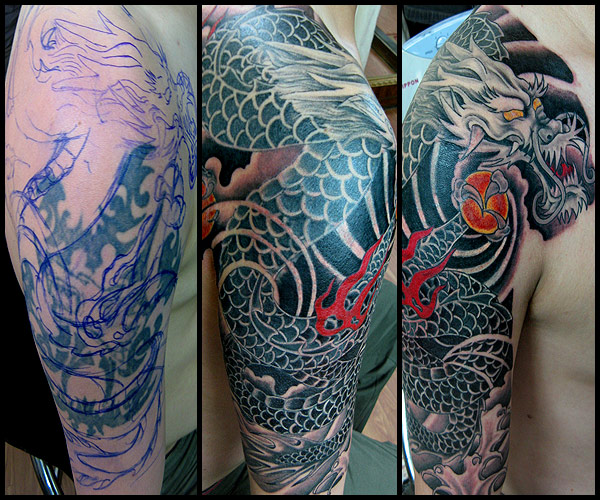
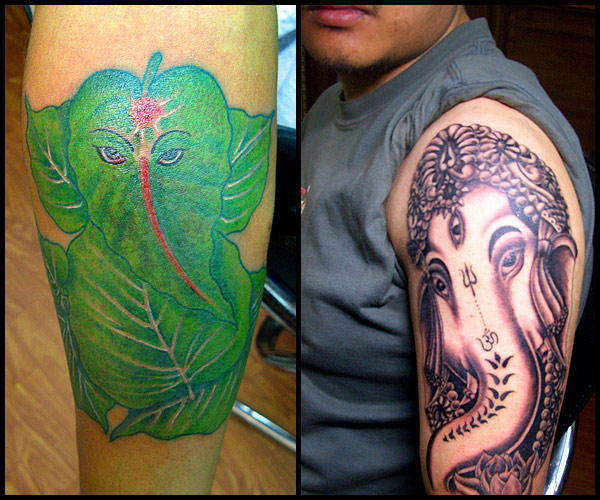
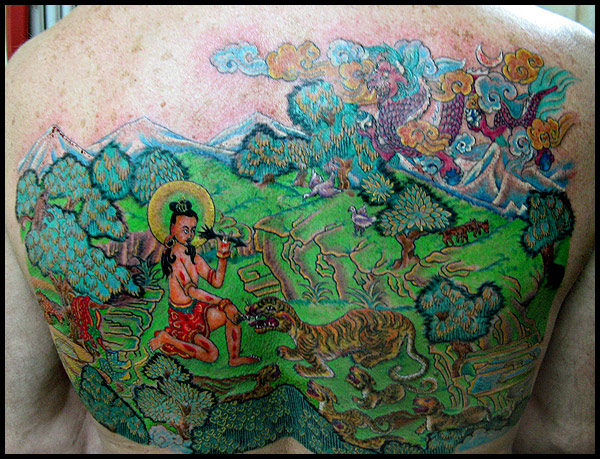
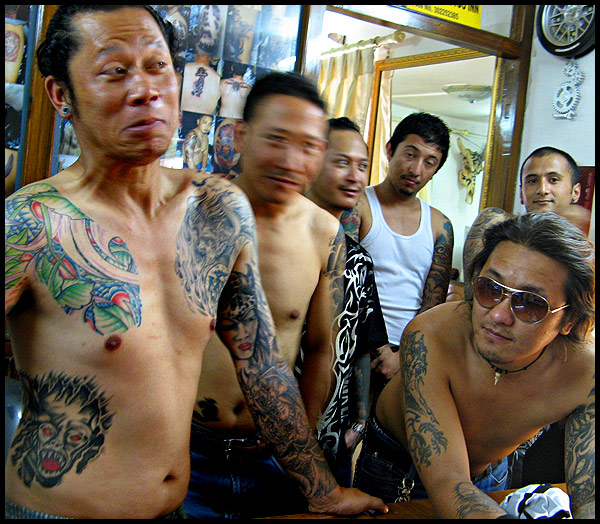
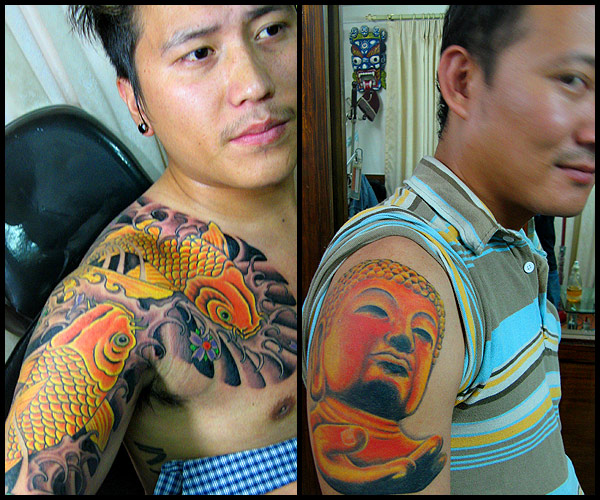

 BME/News and Modblog highlight only a small fraction of what
BME/News and Modblog highlight only a small fraction of what
I am coming to Kathmandu first week in October and want to get my first tattoo, at 65 years of age. Anyway, I am interested in some type of Gurkha knives, military type tattoo. Do you have any suggestions.
thanks,.
Ken